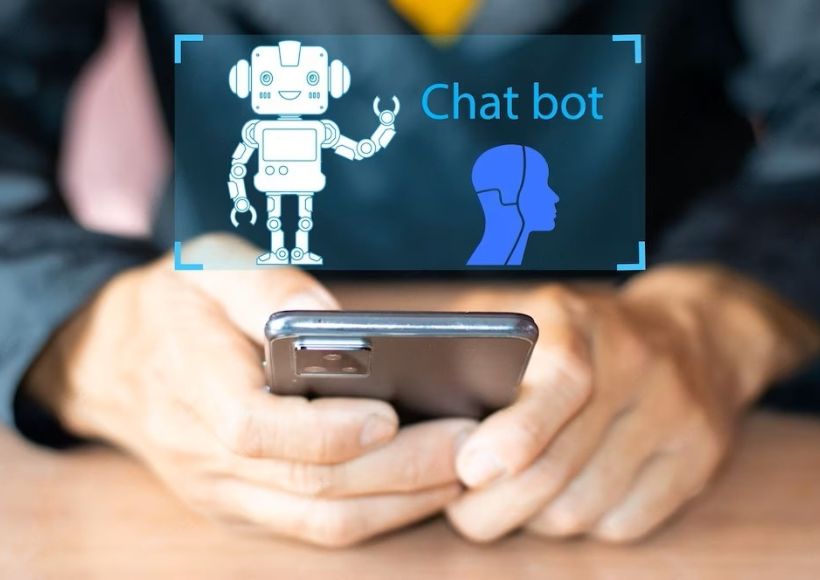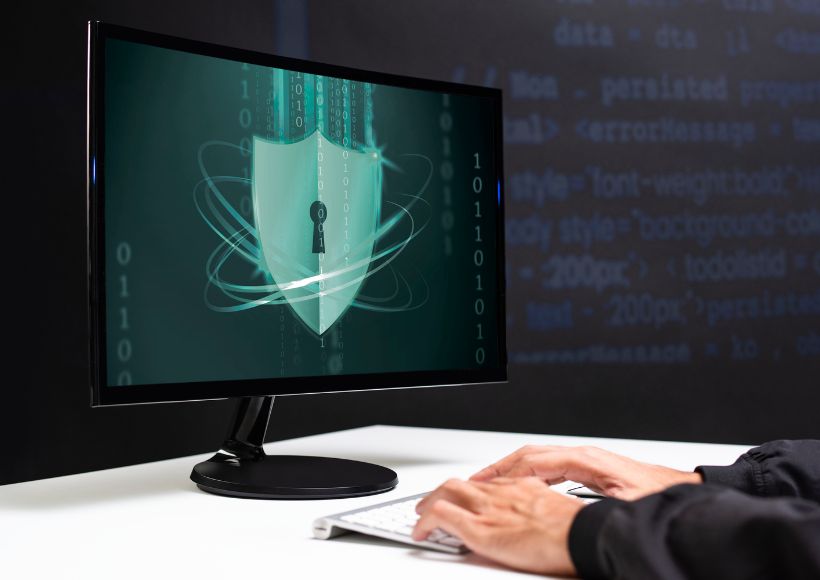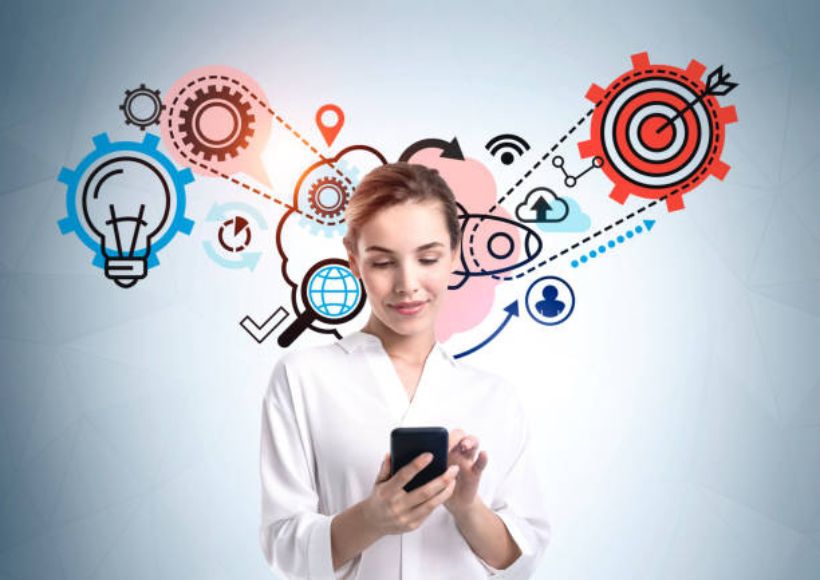IT And Human Resources Faced With The Challenge Of Managing The New Hybrid Work Models

IT And Human Resources: department has established itself as one of the essential departments in creating a positive Employee Experience within the new flexible workspaces.
Technology has played a leading role in the era of flexible work and has allowed work teams to remain connected despite the circumstances.
The hybrid option seems to be prevailing as a trend among larger firms. This is clear from the Adecco report “Remote Work in Western Europe,” which indicates that the preferred option for companies (44%) is remote two days a week, followed by the one-day option (29%).
In this article, we will understand a little more in-depth how to enhance the digital maturity of Human Resources. With this objective, we will analyze the possibilities of carrying out a complete digital transformation based on the relationship between the human resources department and IT.
A few months ago, we began to use particular tools massively, software and apps that allowed us to process payments automatically, manage inventory control, “Hot Desking” applications, personnel administration, or talent management software. Human Resources is joining this digital revolution to create a more efficient and connected workplace.
Improving the relationship between the IT and Human Resources department has become more relevant than ever. We analyze below some aspects in which both departments can collaborate.
Employee Experience As The Common Center Of Both
Technology plays a massive role in shaping a positive employee experience. Human Resources is turning to technology to improve employee engagement and to retain (or retain, not trivial precision) available talent.
The new digital platforms at the service of employees are the new contact centers between employees and the organization. Allow that departments such as HR and IT provide consistent user experience and maintain their departmental requirements and workflows.
Technology plays a vital role in the employee’s experience. According to the study conducted in 8 countries by the Intelligence Unit of The Economist (EIU), productivity, well-being, and commitment are key drivers. These are some of the main contributions to the employee experience that technology can make:
It is time for Human Resources and IT to put aside their differences and start collaborating to maximize their contribution and improve the employee experience thanks to fluid communication between both departments.
New Remote Processes: Talent Management Systems
Establishing a communication channel and implementing different tools that offer a quality experience for remote employees, easy to access and intuitive to use, will allow Human Resources to manage the available talent efficiently.
Communication systems, remote training, onboarding, or selection processes, represent a perfect technical solution for distributed and flexible teams. IT and HR teams can make these tools quickly and easily presented to the employee.
With new platforms emerging within talent management, the user must have the best possible experience. Microlearning platforms that incorporate specific content can reinforce employee training in hybrid environments.
Continuous Communication Line
IT and Human Resources can jointly design a business plan to improve talent management, with targeted elements and an action plan.
Thus, one of the keys to the company’s proper functioning, whose relevance the Pandemic has revealed, is communication between employees. Offering platforms in which information flows in an agile way is one of the everyday purposes of the IT and people management areas.
From a technical point of view, choosing a communication platform that is easy to access, intuitive to use, and in a personalized way allows employees to have a quality experience that they will remember forever; in addition to solidifying the ties and the union between all the members of the team.
The IT Experience To Improve The Employee Experience
While cloud technology has become the most intelligent and most agile way to work and communicate remotely, integration between the different system’s employees use is rarely valued, leaving them constantly having to switch between countless tools. A dynamic that only generates confusion and stress, with the consequent lack of productivity that it entails.
The possibility of using APIs (Application Programming Interface) will allow the technical department to solve these systems interconnection problems, which will significantly increase the quality of the Employee Experience.
In this sense, IT can continue to help Human Resources choose and integrate tools compatible with SAML 2.0 that allow single sign-on. In other words, it will enable the user to use one password for all available means.
On the other hand, IT can continue to contribute its knowledge and supervise that the software is capable of carrying out data Import and Export tasks on a massive scale, also compatible with multiple formats and platforms.
Information Security And Privacy Compliance
According to a recent survey carried out by Linked in, the Coved crisis has placed the confidence of professionals at 34 points, in a range that includes between -100 and +100 points; that is to say, a decrease of 4 points compared to the previous survey.
Although the data collected from this survey, carried out throughout 2020, does not have to be due exclusively to managing employee information, misuse of personal data can cause a definite gap in trust between employees and the company.
Precisely at this point, the mission of the technicians is to supervise that the new tools comply with all the essential safety requirements. That is why it is necessary to follow fundamental regulatory commitments, such as the GDPR or ISO, in addition to having a clear backup and encryption policy.
Human Resources will know that you are using safe and reliable tools, and employees will be sure that their data is secure.
Feedback To Measure The Employee Experience
A recent report released by Gallup titled “The State of the Global Workplace in 2021” noted that employee engagement had declined markedly over the past year. In addition, it concluded that work stress rose to 43% in 2020.
Technology allows us to understand the perception of the people within the organization and know their experience and level of satisfaction with the company.
All this data may be analyzed and taken into account by Human Resources to improve the experience of the employees and the objective of attracting, retaining, and developing the talent of the organization.
Implementation Of Metrics And Data Analysis
Although data analytics in HR is not an IT task, it can help implement and integrate these technologies. Data analysis allows Human Resources to have a more global and quantitative view to make relevant decisions for the organization. In addition, with this data at hand, it will allow the People area to demonstrate the ROI (return on investment) to the company management.
Thus, Human Resources data has to be reliable. Hence, it is essential to have the technology to measure them efficiently and determine what type of data we want.
Some Human Resources metrics allow you to measure the performance of your workforce in different areas. For example, you can monitor various metrics to evaluate the recruitment processes (Time to hire, Source channel, Cost per hire, or Proportion of hiring performance), monitor the performance of employees in telecommuting, or those related to income ( Absenteeism, Cost per employee, or Cost per staff turnover).
Improvement Of Employees’ Digital Skills
In a constantly evolving world, learning new skills and improving as a professional can bring a lot of value to employees in an essentially digital world like the one we live in. IT can help Human Resources in this training task and thus cope with a dynamic market that demands basic digital skills.
In this sense, digital microlearning platforms are gaining ground as the most effective way to generate and produce knowledge and content that attract the employee. IT can contribute its expertise when developing content within these new platforms and ensuring that the tool is better adapted to the organization.
Adoption Of New Technologies Discussed.
The future of work will feature new technological trends that will impact the human resources function; Artificial Intelligence, Industry 4.0, Blockchain, bots,… will be the foundations that will generate a radical change in the sector.
The automation of specific tasks, the verification of data for the selection processes, or the possibility of maintaining communication with the candidate or employee will help the Human Resources department leave behind some manual, repetitive, and of little value processes. In addition to increasing productivity, security, and clarity of those same practices.
Also Read: Guide To Select Digital Event Technology




